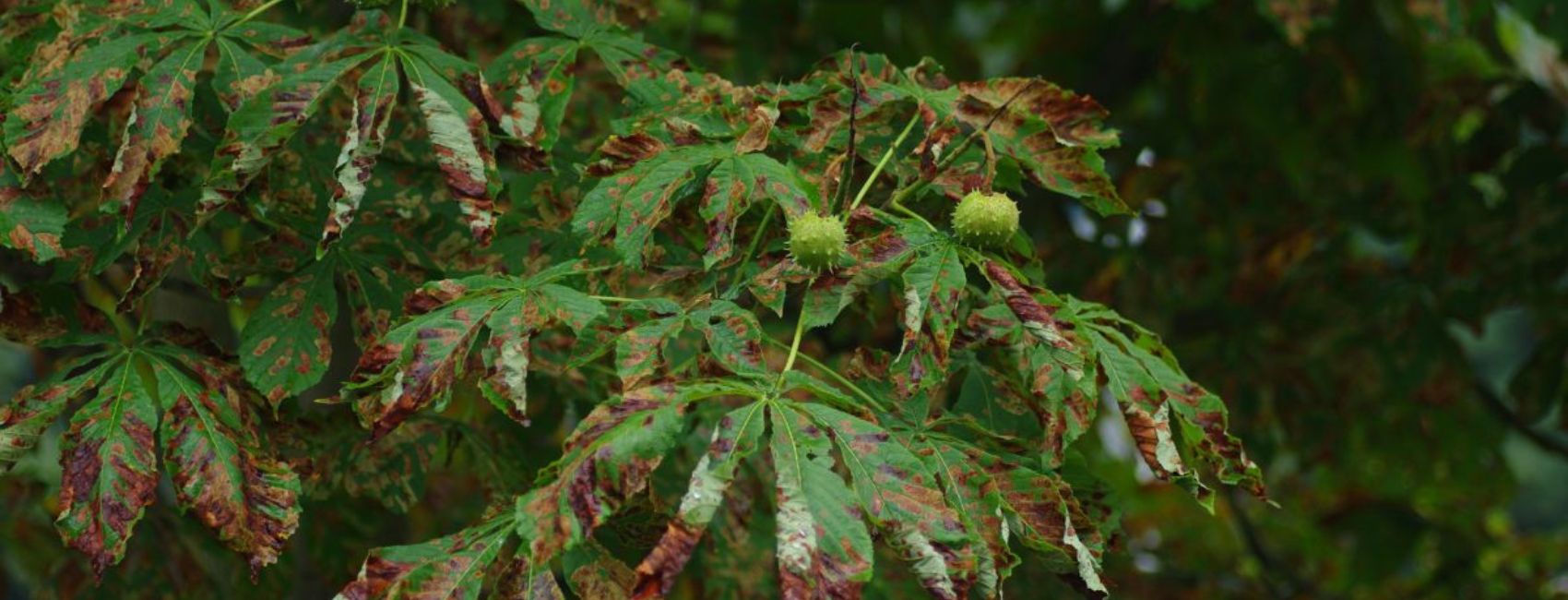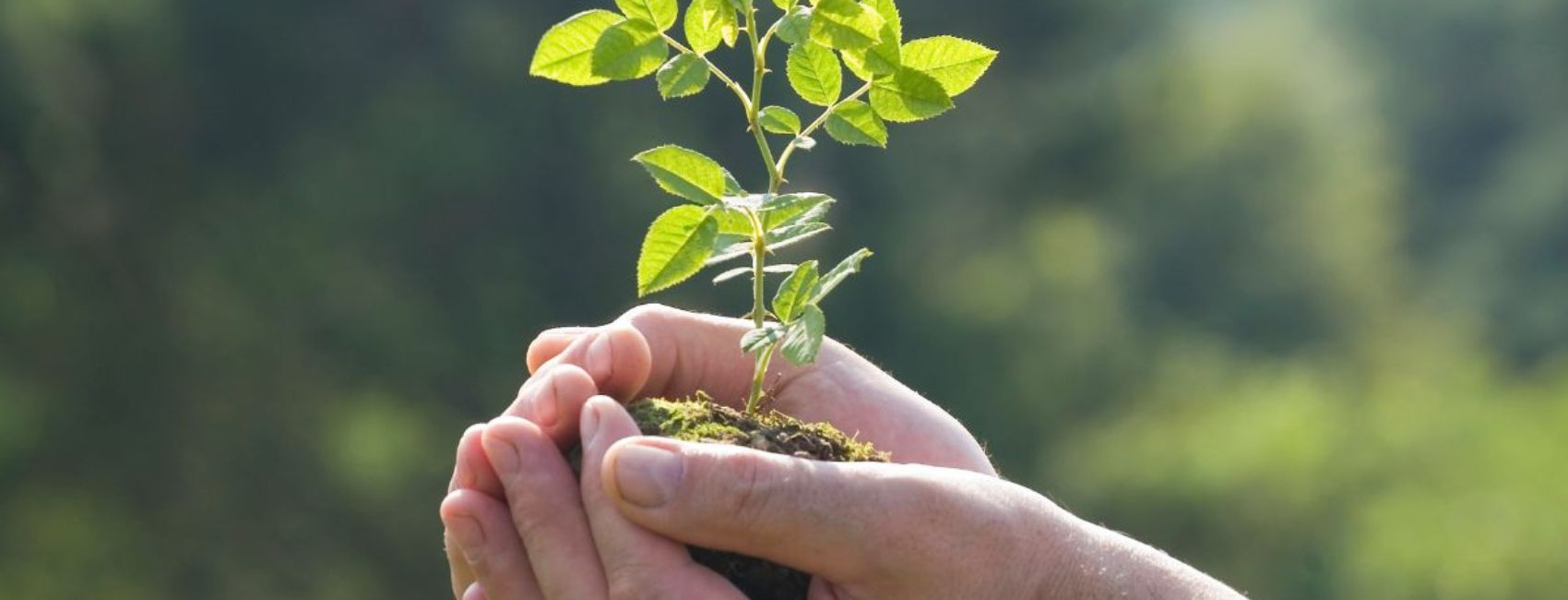How Do You Know If Your Tree Is Sick?
How to Identify Sick Trees Assessing the health of trees can be a difficult task, one that demands more than just a casual glance. Unlike diagnosing human ailments, identifying the distress that trees endure is an art form. Often, by the time the signs of distress become evident, it’s already a dire situation, requiring immediate…
William Gambone
How to Identify Sick Trees
Assessing the health of trees can be a difficult task, one that demands more than just a casual glance. Unlike diagnosing human ailments, identifying the distress that trees endure is an art form. Often, by the time the signs of distress become evident, it’s already a dire situation, requiring immediate attention. To safeguard the well-being of your trees, regular inspections of branches, foliage, and trunks are essential. In this blog, we delve into the various facets of tree health, nutrient deficiencies to the challenges posed by pests and diseases.
The presence of yellow leaves in your trees is typically indicative of nutrient deficiencies, which can impede leaf and fruit development. One effective method to aid a tree’s health is the addition of compost to the soil. Compost enriches the soil with essential nutrients, alleviating compaction, improving soil structure, balances pH levels, and enhances resistance to pests and diseases. Compost for your trees should comprise four key components: dry, carbon-rich brown materials, wet, nitrogen-rich “green” materials, sufficient air circulation, and adequate moisture. A low soil pH level may render essential mineral nutrients insoluble, hindering the trees absorption. Nitrogen deficiency, a vital macronutrient responsible for plant growth, might also be a concern. Iron Chlorosis may manifest as yellowing in all leaves while retaining green veins. Unfortunately, extremely acidic soil is resistant to permanent alkaline adjustment, necessitating the selection of plants adapted to such conditions.
Trees may also suffer from salt damage, characterized by leaf browning, burning, and desiccation due to wind exposure. Choosing tree species well-suited for windy and salty environments can eliminate these issues. Furthermore, fungal and bacterial diseases often result in unsightly spots, blotches, sunken areas, and blemishes on tree leaves, fruit, or bark. Diagnosis hinges on factors such as spot characteristics, color, size, location, time of occurrence, and tree species, as well as the presence of fungal fruiting bodies. Using our services eliminates the worry when addressing tree blemishes. Incorrect diagnosis not only risks rendering treatment ineffective but may also inflict harm upon the plant and disrupt the delicate balance of beneficial insects within the ecosystem.
The presence of white, gray, or black patches on leaves, exhibiting a powdery or furry texture, often signifies fungal infections. Common examples include the development of black sooty mold and powdery mildew. Powdery mildew, characterized by its whitish, fuzzy appearance, tends to manifest on the leaves of landscape shrubs, lilacs, perennials, annuals, and vegetables. Typically, this occurrence is more prevalent later in the season, particularly during humid weather conditions, and is frequently observed in overgrown or densely spaced plantings, as well as on new growth. Effective treatment strategies encompass preventative measures such as pruning to enhance air circulation within shrubs or trees, the diligent removal of infected plant debris (avoid composting this material), and early morning watering to facilitate leaf drying. Additionally, the careful application of fungicides, usually administered in the early spring, can be warranted as part of the treatment regimen when deemed necessary.
The presence of holes in tree leaves or the occurrence of ragged areas is frequently cosmetic in nature. However, when an excessive number of such imperfections emerges, it may be indicative of insect damage. In the event that this issue escalates into an outbreak, it becomes imperative to consider tree injections as a necessary treatment measure. It’s worth noting that holes in leaves can also stem from fungal diseases, often occurring through wind or splashing water depositing spores onto the leaves. To address such concerns effectively, it is essential to enlist the expertise of an experienced arborist who can identify the issue and prescribe a timely and appropriate course of action.
Fungal leaf diseases typically initiate with blemishes characterized by black or brown discoloration, often encircled by yellowing leaf tissue. Over time, these blemishes progress into holes as the leaf damage advances. In contrast, insect damage manifests rapidly, with no preexisting blemishes or spots before holes become apparent. Factors like strong winds and prolonged cold spells can also lead to the tearing of thin leaves. To mitigate these issues, it’s crucial to assess whether your tree is receiving the appropriate amount of water, as well as to ensure proper mulching and pruning practices are in place. In cases where the tree is non-native to the soil, additional fertilization may be required.
The sudden dropping or breaking of large branches may signal more serious underlying health issues within a tree. Over the course of a tree’s life, structural and shape changes are natural occurrences. However, if these changes are sudden, it may indicate disease and decay. A tree in decline typically exhibits a lack of flowering or fruiting, extensive twig and branch dieback, and areas with sparse foliage or no leaves at all. To preempt such developments, periodic inspection of tree twigs can be beneficial. Bright green indicates a healthy state, while any other color warrants prompt consultation with an arborist for professional guidance. Arborists possess the expertise to identify diseased and dying branches, offering insights into the root causes of dieback. Failing to address diseased branches in a timely manner can lead to their spreading throughout and potentially reaching a point where the tree becomes irrecoverable.
Roots of a tree can sustain damage during construction or home renovation projects, which often manifests through sprouts emerging from the trunk base—a clear sign of considerable stress on the tree. Leaning trees may indicate underground damage affecting their stability. Signs to watch for include oozing wounds, vertical cracking, sunken bark, insect infestations, bark cracks, swollen areas, and sawdust accumulation at the base of the tree. When the outer bark layer no longer regenerates, it signifies declining tree health. Leaning trees typically suggest compromised trunk strength, and the presence of mushrooms often indicates ongoing tree decay.
In the intricate world of tree health, vigilance and understanding are paramount. We’ve uncovered the mysteries of yellowing leaves, fungal infections, insect damage, and structural decline, providing insights into diagnosis and treatment. Yet, the journey of nurturing trees is ongoing, a harmony between human care and nature’s resilience. So, as you tend to your leafy companions, remember the importance of regular inspections, appropriate nourishment, and, when needed, the wisdom of arborists. By doing so, you not only ensure the longevity of these green giants but also contribute to the delicate balance of our ecosystem.

William Gambone
With almost 40 years of success in the tree care industry, it is evident that Bill’s passion extends beyond just the trees. He takes great pride in building relationships within the community, making B.G.





